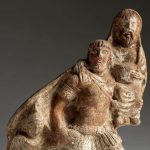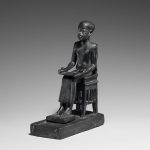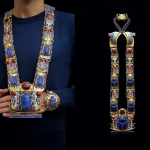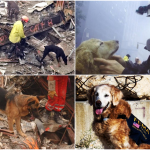The Face They Tried to Erase — And Never Could
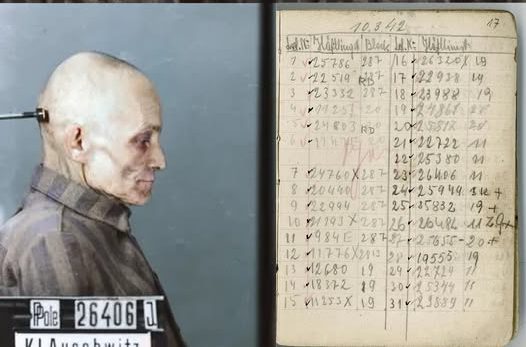
His name was Aron Löwi. He was a Jewish merchant from the quiet Polish town of Zator. At 62, he was old enough to have lived a full life, yet young enough to still dream of peace. A husband. A neighbor. A man who once mattered to many.
But on March 5, 1942, his name became a number—26406—and his story was tragically swallowed by Auschwitz.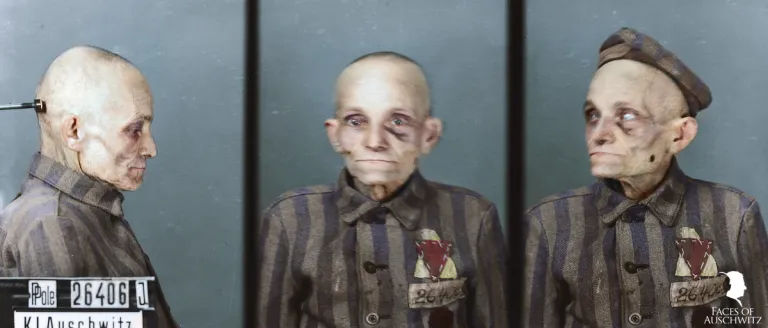
When they photographed him at the camp’s entrance, the details are painfully visible: the bruises, the hollow eyes, the quiet disbelief. Pinned to his striped uniform were symbols meant to reduce him to nothing: a yellow star for his faith, a red triangle indicating his defiance. Because, for the oppressors, merely existing was an act of defiance.
Remembrance is Resistanc
He lasted five days. From March 5th to March 10th. No detailed record. No grave. No goodbye. Just another name erased from the bureaucracy of horror.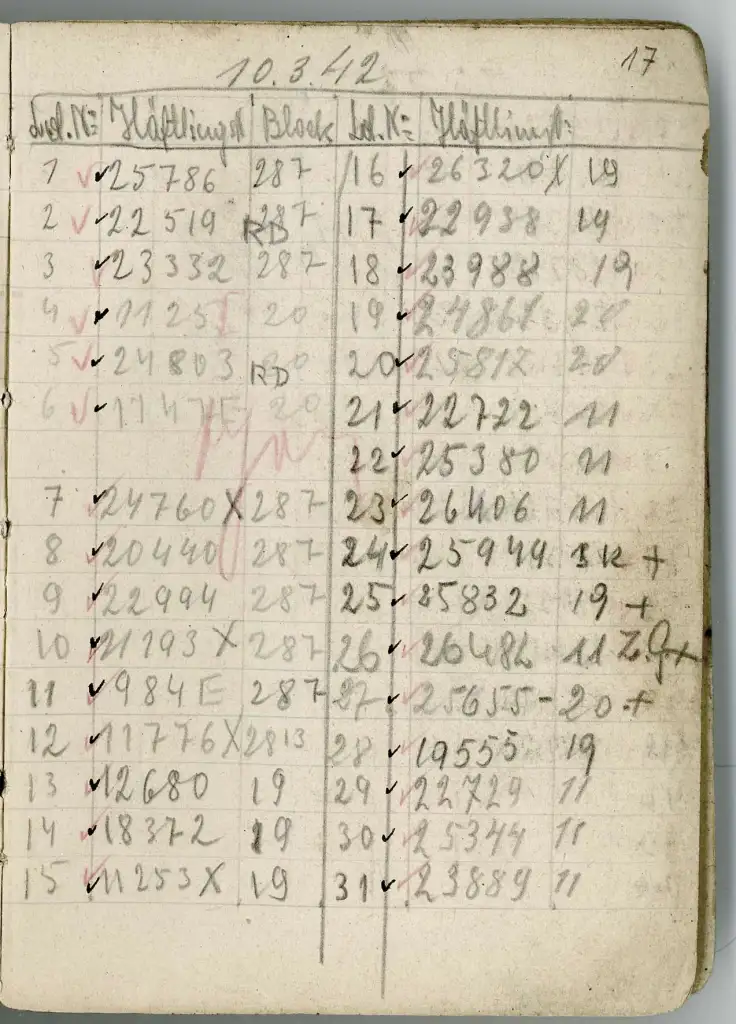
And yet, his face remains.
A single photograph that fundamentally outlived his captors. It stands as silent proof that memory is stronger than hate.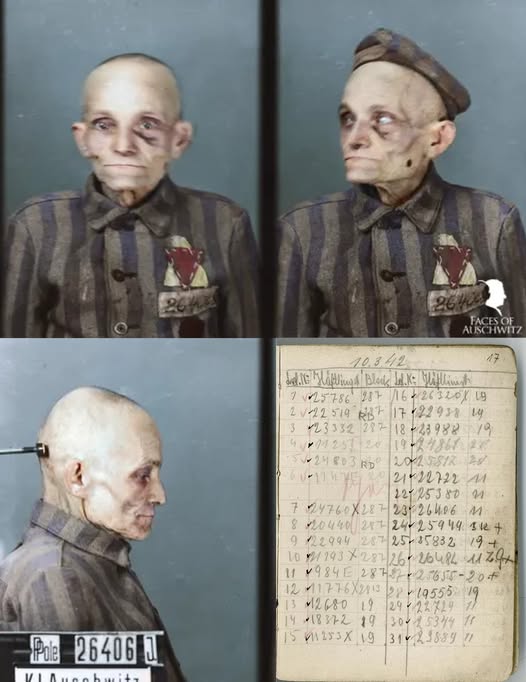
Every time we look at Aron Löwi, the machine that tried to erase him loses—again. Because remembrance is resistance, a permanent act of restoring the humanity that was so violently stripped away.
